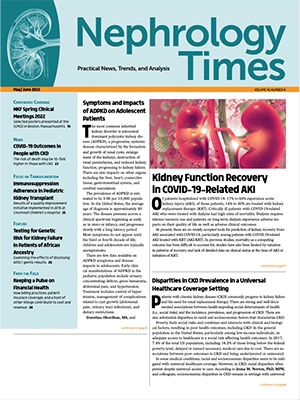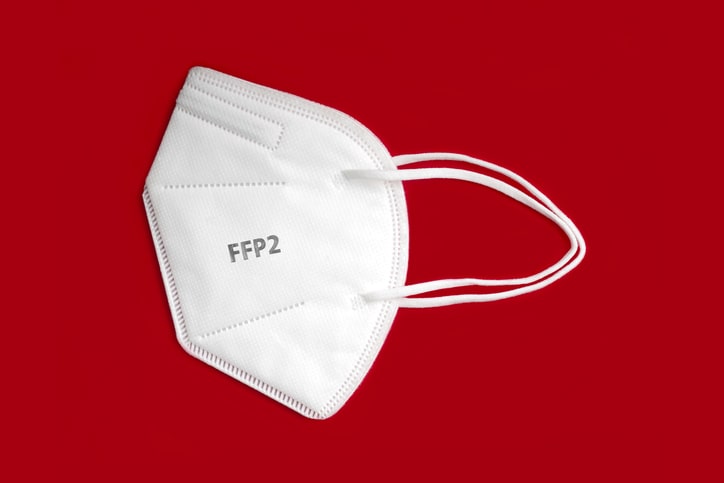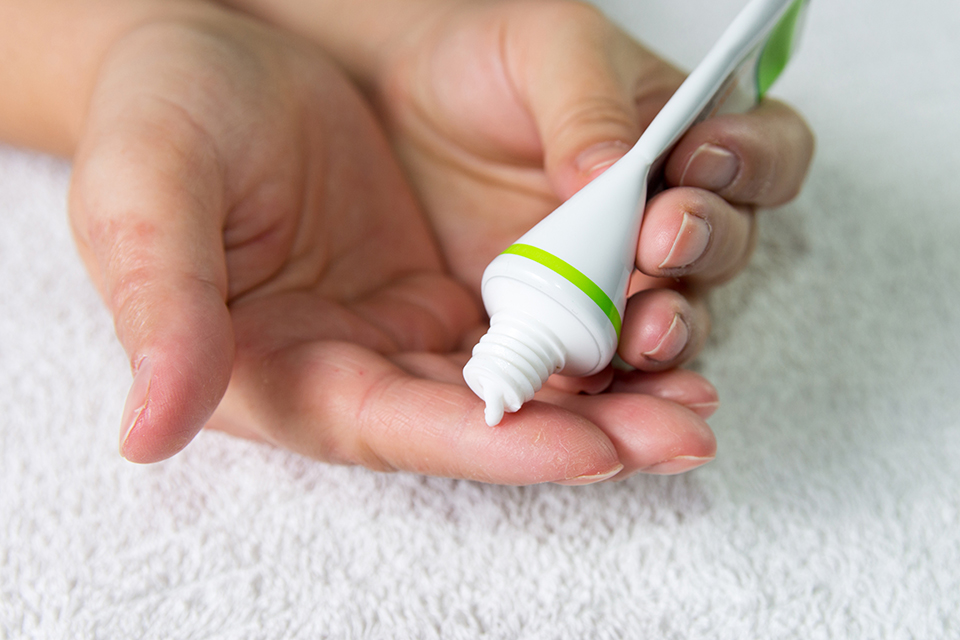
Worldwide, the prevalence of chronic kidney disease (CKD) is higher in women than in men, with a ratio of approximately 4:3. Historically, women have been under-represented in nephrology clinical trials, limiting adequate generalization of some findings to women.
In patients with CKD, metabolic acidosis develops due to acid retention from impaired kidney acid excretion, which is associated with reduced ammoniagenesis and impaired ammonium excretion. Patients with metabolic acidosis face increased risk of progression of CKD as well as catabolism of muscle protein and loss of muscle mass.
In women, older age, gender, and post-menopausal status may combine with the catabolic effects of metabolic acidosis. Further, the muscular effects of metabolic acidosis may be more consequential in causing functional decline in women due to their lower baseline muscle mass.
Veverimer is an investigational, orally administered, non-absorbed polymer that is being developed as treatment for metabolic acidosis. The drug increases serum bicarbonate by selectively binding protons and chloride in the gastrointestinal tract and removing this bound hydrochloric acid via fecal excretion.
In a previous study of men and women with CKD and metabolic acidosis, veverimer significantly increased serum bicarbonate within 24 hours after the first dose. At the end of 2 weeks of treatment, serum bicarbonate had increased by 3-4 mmol/L. However, there are few data on the differential effects of veverimer on serum bicarbonate levels and muscle function in a larger multicenter randomized controlled trial by sex.
Vandana S. Mathur, MD, FASN, and colleagues conducted a phase 3, multicenter, randomized, blinded, placebo-controlled trial in 196 patients with CKD and metabolic acidosis who were treated for up to 1 year with veverimer or placebo. Findings from a pre-specified subgroup analysis evaluating the effects of veverimer on metabolic acidosis and physical function among women were reported online in BMC Nephrology [doi.org/10.1186/s12882-022-02690-1].
Of the 217 randomized patients in the 12-week parent study, 196 were enrolled in the 40-week extension study. Of those 77 were women (46 in the veverimer group and 31 in the placebo group). Study completion was achieved by 97.3% of the veverimer group (111/114) and 90.0% of the placebo group (74/82). Mean daily dose in the veverimer group was 7.9 g/day. Patients who took >80% of the prescribed doses were considered dosing compliant. One hundred percent of patients in the veverimer group was dosing compliant, as were 99% of those in the placebo group.
Within both the subgroup of women and the overall study population, baseline characteristics, including demographics, serum bicarbonate, estimated glomerular filtration rate (eGFR), and urine to albumin to creatinine ratio were generally balanced across treatment groups. Among women patients, patient-reported physical function was numerically lower in the veverimer group than in the placebo group (48.4 vs 58.2). Among all women, mean age was 65.4 years, mean baseline eGFR was 28.4 mL/min/1.73 m2, mean baseline serum bicarbonate was 17.3 mmol/L, and 9.1% were on background oral alkali.
At week 52, a significantly greater percentage of women in the veverimer group met the composite end point (a ≥4 mmol/L increase of normalization of serum bicarbonate) compared with the placebo group (66% vs 36%, P=.011). Among patients in the veverimer group, the increase from baseline in serum bicarbonate was significantly greater than among patients in the placebo group (least squares mean increase of 5.4 vs 2.2 mmol/L; P<001), findings that were consistent with those from the overall study population.
The significant effect of veverimer on serum bicarbonate was seen within 1 week of the first dose and was maintained through week 52. Effects of veverimer were similar in the subgroup of patients on proton pump inhibitors or H2 receptor blockers compared with the effects in the overall population.
In the subgroup of women, there were significant improvements in patient-reported limitations of physical function on the Kidney Disease Quality of Life physical function domain (KDQoL-PFD, measuring daily activities such as walking, bending/stooping, and climbing stairs, in the veverimer group compared with the placebo group (+13.2 vs –5.2 points, respectively; P<.0031). In the veverimer group, the mean KDQoL-PFD score increased (indicating better functioning) from 48.4 at baseline to 61.5 at week 52. In the placebo group, scores worsened (from 58.2 to 53.1).
Physical performance measured with the repeated chair stand test at week 52 also improved in the veverimer group to a significantly greater extent compared with the placebo group (–4.2s vs +0.08s; P<.0002). Mean chair stand time decreased (better functioning) in the veverimer group (21.7 seconds at baseline to 16.7 seconds at week 52). In the placebo group, mean chair stand time weas essentially unchanged (21.5 seconds to 22.2 seconds).
Veverimer Safety Profile
In the overall study population, treatment for up to 1 year with veverimer was well tolerated and the safety profile was similar to that observed in the placebo group. There were no deaths in the veverimer group and two in the placebo group. The rate of premature discontinuation of the study treatment was higher in the placebo group than in the veverimer group (10% vs 3%) and there were no premature discontinuations in the veverimer group due to an adverse event. Serious adverse events were reported in 2% of patients in the veverimer group and 5% of patients in the placebo group. None of the serious adverse events were considered related to the study drug by the investigator.
Among women, adverse events were reported in 91% of patients in the veverimer group and 84% of the placebo group. Treatment-related adverse events were reported int 42% of patients in the placebo group and in 26% of patients in the veverimer group.
The authors cited some limitations to the study, including preforming a subgroup analysis and the lack of significant racial heterogeneity.
In conclusion, the researchers said, “We found that veverimer, an investigational non-absorbed polymer drug, was effective in treating metabolic acidosis in women with CKD. Women treated with veverimer reported significantly improved ability to perform daily activities; their measured physical performance also improved significantly.”
The study was funded by Tricida, Inc.
Takeaway Points
- Veverimer is an investigational, non-absorbed polymer that is being developed as treatment for metabolic acidosis.
- Researchers reported findings from a pre-specified subgroup analysis analyzing the effects of veverimer on women with chronic kidney disease (CKD).
- Results demonstrated that veverimer was effective in treating metabolic acidosis in women with CKD and significantly improved physical function.







 © 2025 Mashup Media, LLC, a Formedics Property. All Rights Reserved.
© 2025 Mashup Media, LLC, a Formedics Property. All Rights Reserved.